Spice Up Your Life: The Ultimate Guide to Mexican Spice Mixes You Need to Try Today!
Welcome to the ultimate journey into the heart of Mexican spice mixes—a flavor-packed universe where chili meets citrus, and smokiness dances with warmth. Whether you're a home cook experimenting on a lazy Sunday or a seasoned chef crafting authentic street tacos, understanding and using these spice blends can transform your kitchen experience.
In this article, we’ll dive deep into the world of mexican spice mix, exploring everything from traditional recipes to modern store-bought versions. Plus, we’ve included a handy buying guide and comparison table to help you choose the right blend for every dish and occasion.
Table of Contents
- What is a Mexican Spice Mix?
- Popular Mexican Spice Blends Around the World
- How to Use Mexican Spice Mixes in Everyday Cooking
- Buying Guide: How to Choose the Best Mexican Spice Mix
- Comparison Table: Top Mexican Spice Mix Brands
- Frequently Asked Questions
- Conclusion: Let the Spice Speak!
What is a Mexican Spice Mix?
A Mexican spice mix is a carefully balanced combination of spices traditionally used to enhance the flavor of dishes in Mexican cuisine. These blends often include ingredients like chili powder, cumin, garlic, onion, oregano, paprika, and sometimes even lime or vinegar powder.
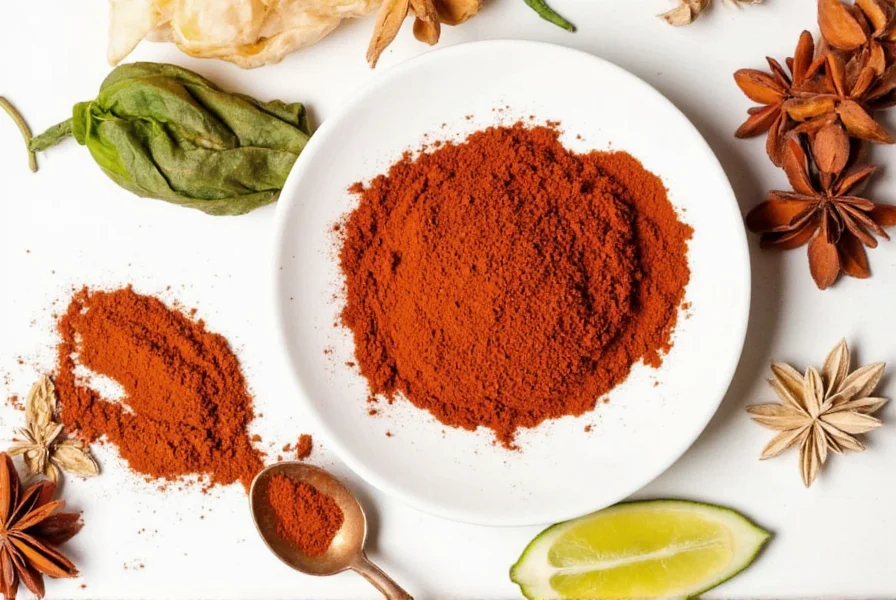
While each region in Mexico has its own variation, most commercial spice mixes aim to replicate the core flavors that define classic Mexican dishes like tacos al pastor, enchiladas, fajitas, and tamales. These mixes are designed for convenience but still pack a punch of authenticity when chosen wisely.
The Core Ingredients in Most Mexican Spice Mixes
- Chili Powder: Adds heat and earthy depth
- Cumin: Brings a warm, nutty flavor that’s essential in many Latin American dishes
- Garlic & Onion Powder: Offers savory notes without texture interference
- Dried Oregano: Typically Mexican oregano (different from Mediterranean), which is more pungent and slightly citrusy
- Paprika: Adds color and mild sweetness
- Salt & Pepper: Enhances overall flavor balance
Popular Mexican Spice Blends Around the World
Though many people refer to “Mexican spice mix” as one thing, there are several regional and style-based variations. Here are some of the most beloved ones you might encounter:
Taco Seasoning
This is probably the most internationally recognized version of a mexican spice mix. It’s typically used to season ground beef or plant-based alternatives for hard-shell tacos, burritos, and nachos.
Adobo Seasoning
A versatile dry rub that includes vinegar powder, giving it a tangy kick. Adobo seasoning is commonly used for marinating meats before grilling or roasting. Brands like Goya have made this globally accessible.
Mole Powder
Used to create rich mole sauces, this spice blend contains cocoa, cinnamon, clove, and ancho chili, offering a complex sweet-heat profile. Perfect for slow-cooked dishes or drizzling over grilled chicken.
Tex-Mex vs. Authentic Mexican Blends
It’s important to note the difference between Tex-Mex and true Mexican blends. Tex-Mex mixes tend to be heavier on salt and paprika, while authentic Mexican blends emphasize the balance of heat, herbaceousness, and smokiness.
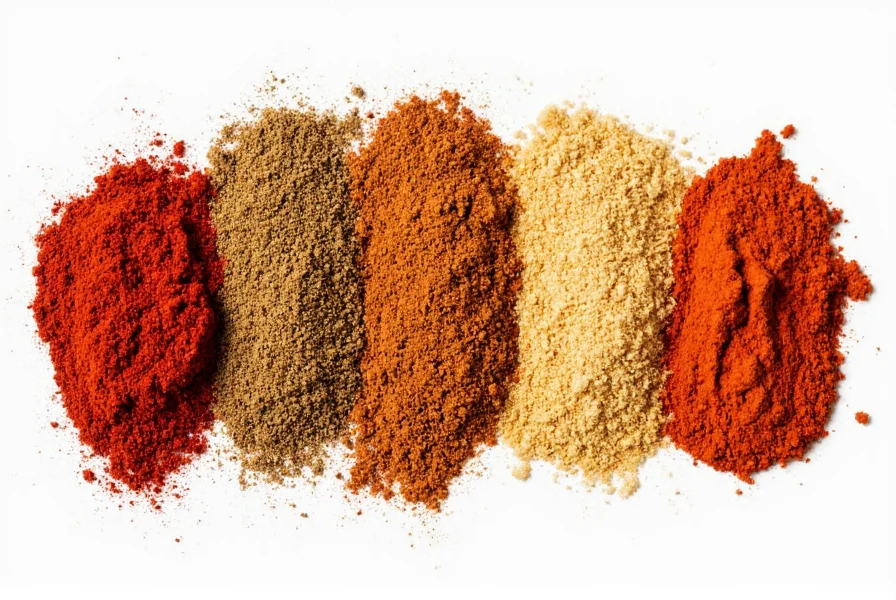
How to Use Mexican Spice Mixes in Everyday Cooking
The beauty of Mexican spice mix lies in its versatility. You don’t need to make tacos every day to enjoy its bold flavors. Here are some creative and delicious ways to incorporate these blends into your meals:
Meat Dishes
- Rub chicken thighs before baking or grilling
- Season pork shoulder for slow cooking
- Add to beef stew for extra depth
Vegan/Vegetarian Uses
- Season roasted cauliflower or jackfruit for tacos
- Stir into lentil soups or black bean burgers
- Sprinkle over roasted potatoes or sweet potato wedges
Eggs & Breakfast
- Add a pinch to scrambled eggs or breakfast burritos
- Season avocado toast for a spicy kick
Snacks & Appetizers
- Mix with olive oil and coat popcorn kernels
- Sprinkle over roasted nuts or pumpkin seeds
- Use in homemade tortilla chips seasoning
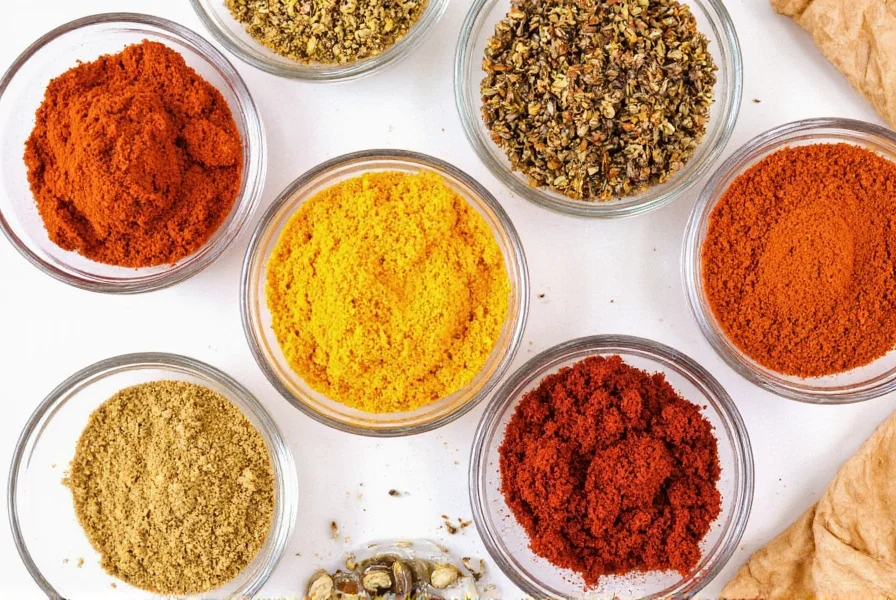
Buying Guide: How to Choose the Best Mexican Spice Mix
With so many brands and varieties flooding the market, choosing the right mexican spice mix can be overwhelming. Here’s what to look for to ensure you’re getting the most flavor, quality, and value for your money.
Key Features to Look For
- Natural Ingredients: Avoid mixes with artificial flavors, preservatives, or unnecessary fillers like cornstarch.
- Balanced Heat Level: Check whether the mix offers mild, medium, or hot heat levels depending on your taste preference.
- Region-Specific Flavor: Some brands offer blends based on specific regions like Oaxaca or Jalisco. These are great for purists looking for authenticity.
- Allergen-Free Options: Many mixes now come gluten-free or vegan-certified.
- Price vs. Quality: While cheaper options may save money upfront, premium blends often deliver more concentrated flavor and less waste.
Who Should Buy What?
| User Type | Recommended Spice Mix | Best For |
|---|---|---|
| Beginner cooks | Store-brand taco seasoning | Quick weeknight dinners, taco Tuesdays |
| Home chefs | Authentic regional blends | Slow-cooking, gourmet dishes |
| Health-conscious | Low-sodium or organic mixes | Keto, paleo, or clean eating diets |
| Vegetarians/Vegans | Vegan-certified spice mixes | Plant-based protein dishes |
| Professional kitchens | Commercial-grade bulk packs | High-volume meal prep or catering |
Comparison Table: Top Mexican Spice Mix Brands
| Brand | Flavor Profile | Heat Level | Ingredients | Best Use | Price Range |
|---|---|---|---|---|---|
| Goya Adobo | Earthy, tangy, with garlic notes | Mild to Medium | Salt, garlic, oregano, pepper, vinegar powder | Marinades, grilled meats | $ |
| Badia Fajita Seasoning | Smoky, slightly sweet | Mild | Onion, garlic, paprika, chili powder | Fajitas, grilled veggies | $ |
| La Costeña | Traditional Mexican base | Medium | Cumin, chili, oregano, salt | Tacos, enchiladas | $$ |
| Prieto's Mole Powder | Complex, sweet-smoky | Low | Cinnamon, clove, chili, cocoa | Mole sauces, braised meats | $$$ |
| Spice Hunter Organic Blend | Herb-forward, clean | Medium | Organic chili, cumin, garlic, oregano | Healthy meals, kids-friendly | $$ |
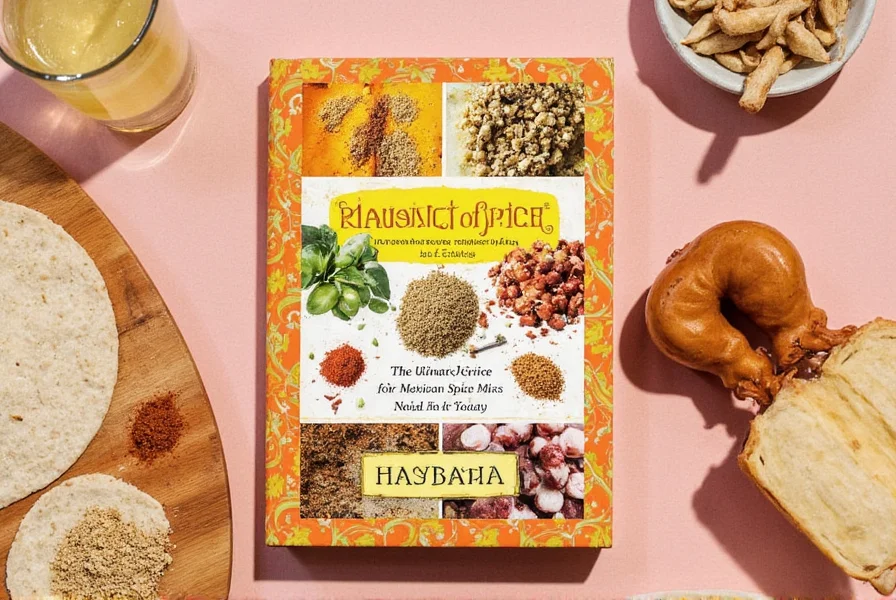
Frequently Asked Questions
Can I substitute regular chili powder for Mexican spice mix?
You can, but it will lack the depth of flavor. Mexican spice mix combines multiple spices to give a well-rounded taste, whereas plain chili powder mainly contributes heat.
Is Mexican spice mix the same as taco seasoning?
Taco seasoning is a type of Mexican spice mix specifically formulated for tacos. It usually contains more salt and paprika than other blends.
Are all Mexican spice mixes spicy?
No! Many blends offer a range of heat levels. Always check the packaging for labels like “mild,” “medium,” or “hot.”
How long do Mexican spice mixes last?
When stored properly in a cool, dark place, they can last up to two years. However, potency and aroma start to fade after about six months to a year.
Conclusion: Let the Spice Speak!
Exploring the world of mexican spice mix is like opening a treasure chest of flavors. From everyday cooking to special celebrations, these blends bring life, warmth, and authenticity to your plate.
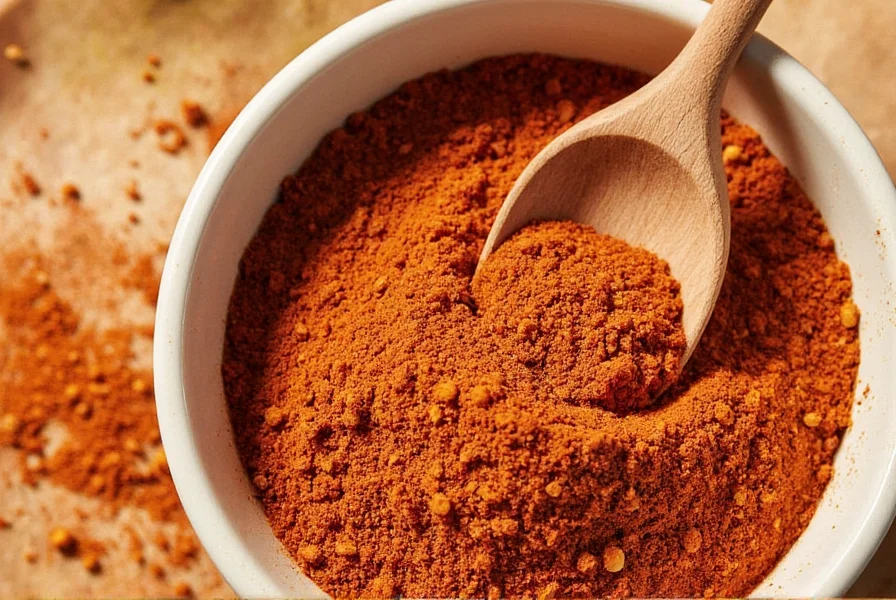
Whether you prefer making your own from scratch or grabbing a high-quality ready-made blend, the key is to match the mix with your personal taste and the occasion at hand. With the right Mexican spice mix in your pantry, every meal becomes a fiesta.
Now go ahead—spice up your life and let those flavors dance!

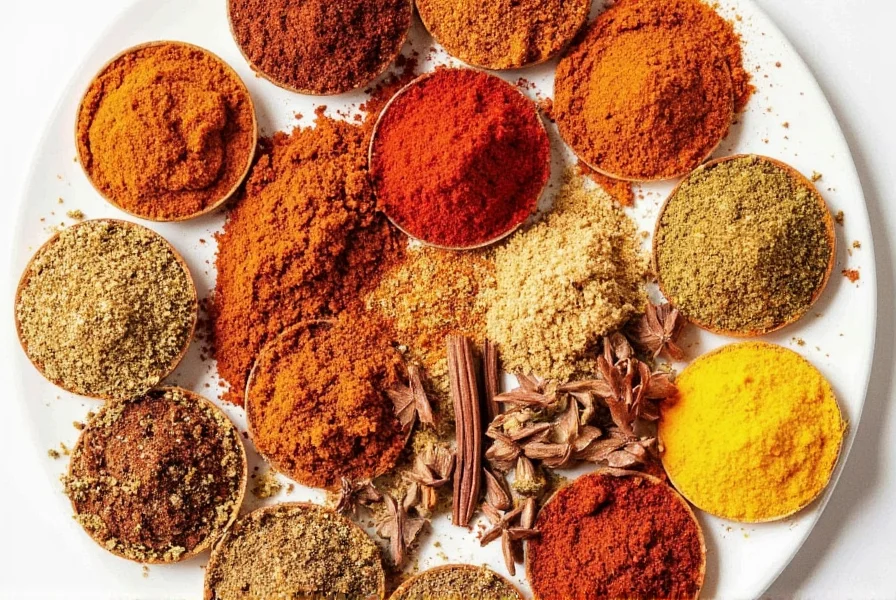









 浙公网安备
33010002000092号
浙公网安备
33010002000092号 浙B2-20120091-4
浙B2-20120091-4